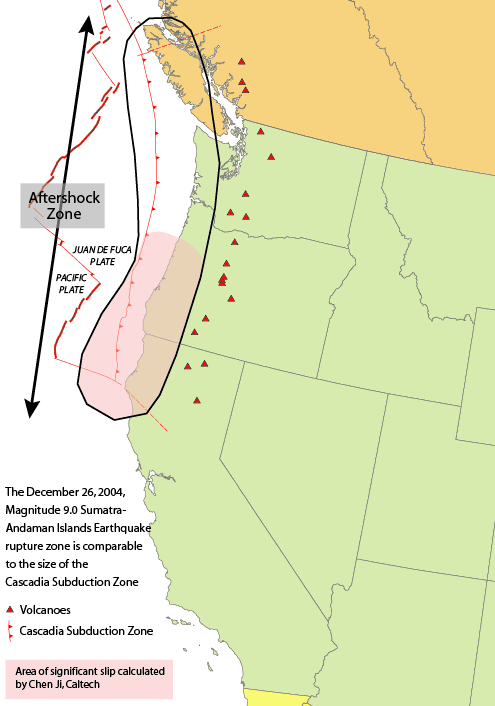Megan McArdle explains why a recent study’s results may be much more important than you might gather from the way it’s been reported so far:
Bombshell news out of Oregon today: a large-scale randomized controlled trial (RCT) of what happens to people when they gain Medicaid eligibility shows no impact on objective measures of health. Utilization went up, out-of-pocket expenditure went down, and the freqency of depression diagnoses was lower. But on the three important health measures they checked that we can measure objectively — glycated hemoglobin, a measure of blood sugar levels; blood pressure; and cholesterol levels — there was no significant improvement.
I know: sounds boring. Glycated hemoglobin! I might as well be one of the adults on Charlie Brown going wawawawawawa . . . and you fell asleep, didn’t you?
But this is huge news if you care about health care policy — and given the huge national experiment we’re about to embark on, you’d better. Bear with me.
Some of the news reports I’ve seen so far are somewhat underselling just how major these results are.
“Study: Medicaid reduces financial hardship, doesn’t quickly improve physical health” says the Washington Post.
The Associated Press headline reads “Study: Depression rates for uninsured dropped with Medicaid coverage”
At the New York Times, it’s “Study Finds Expanded Medicaid Increases Health Care Use”
I think Slate is closer to the mark, though a bit, well, Slate-ish: “Bad News for Obamacare: A new study suggests universal health care makes people happier but not healthier.”
This study is a big, big deal. Let me explain why.

 The most likely megaquake on the West Coast would be much further north — in fact, 50 miles off the coast between Cape Mendocino in northern California and Vancouver Island in southern British Columbia. This 680-mile strip of seabed is home to the Cascadia subduction zone, where oceanic crust known as the Juan de Fuca plate is forced under the ancient North American plate that forms the continent. For much of its length, the two sides of this huge subduction zone are locked together, accumulating stresses that are capable of triggering megaquakes in excess of magnitude 9.0 when they eventually slip. As such, Cascadia is more than a match for anything off the coast of Japan.
The most likely megaquake on the West Coast would be much further north — in fact, 50 miles off the coast between Cape Mendocino in northern California and Vancouver Island in southern British Columbia. This 680-mile strip of seabed is home to the Cascadia subduction zone, where oceanic crust known as the Juan de Fuca plate is forced under the ancient North American plate that forms the continent. For much of its length, the two sides of this huge subduction zone are locked together, accumulating stresses that are capable of triggering megaquakes in excess of magnitude 9.0 when they eventually slip. As such, Cascadia is more than a match for anything off the coast of Japan.

